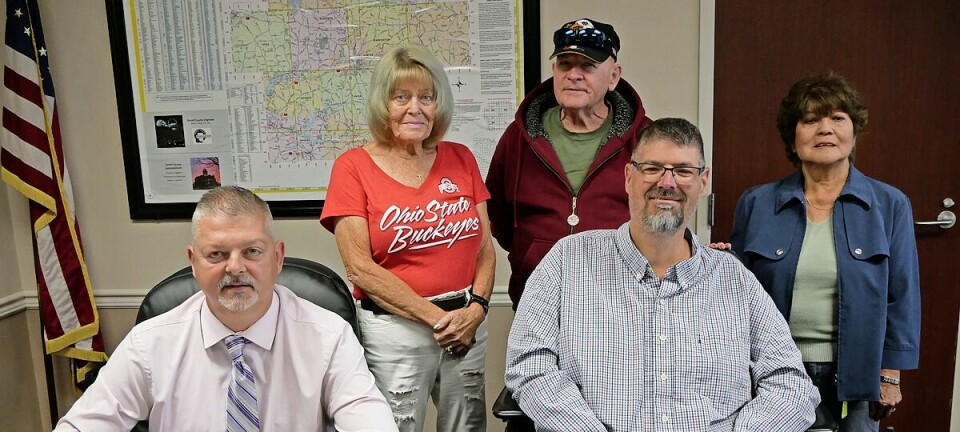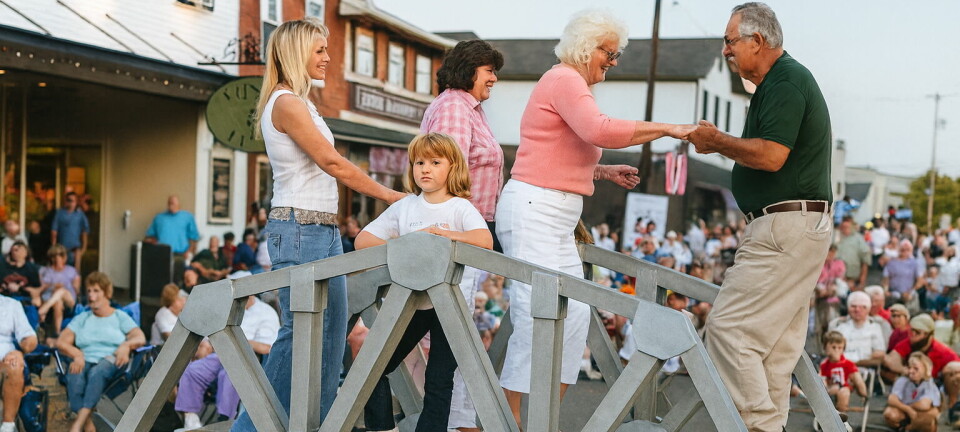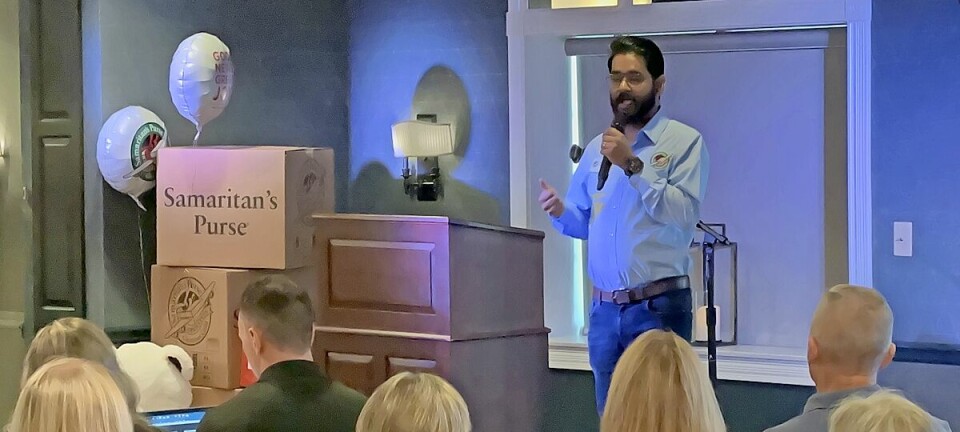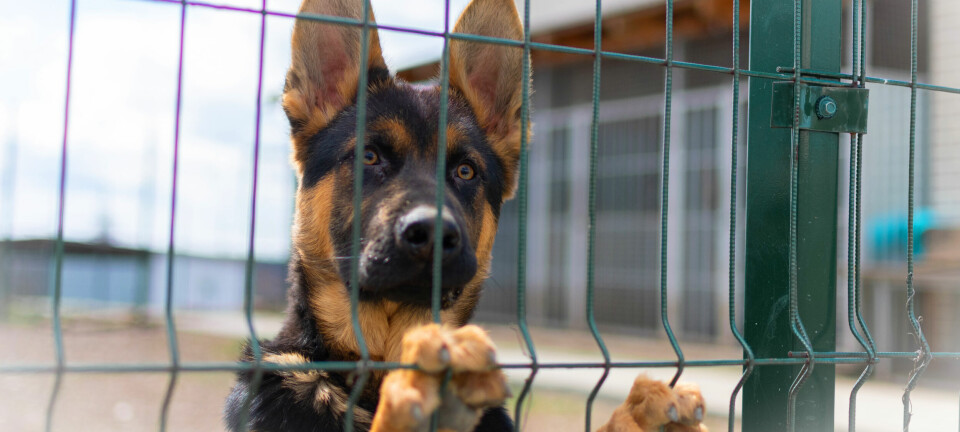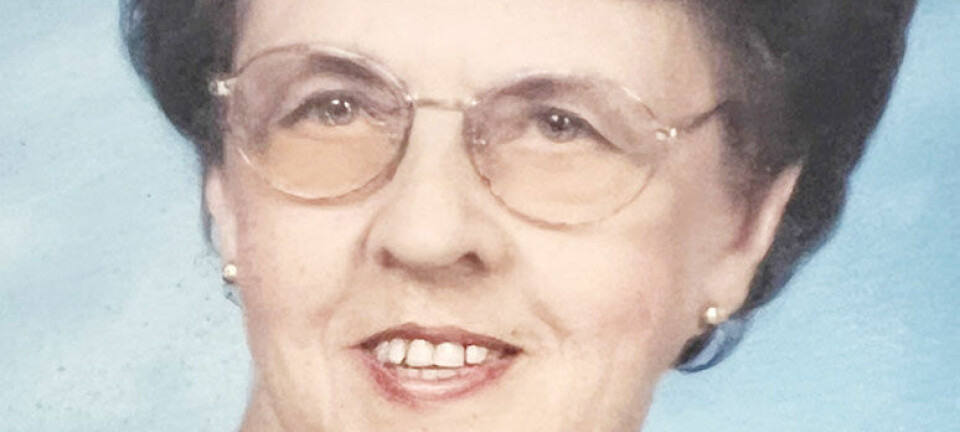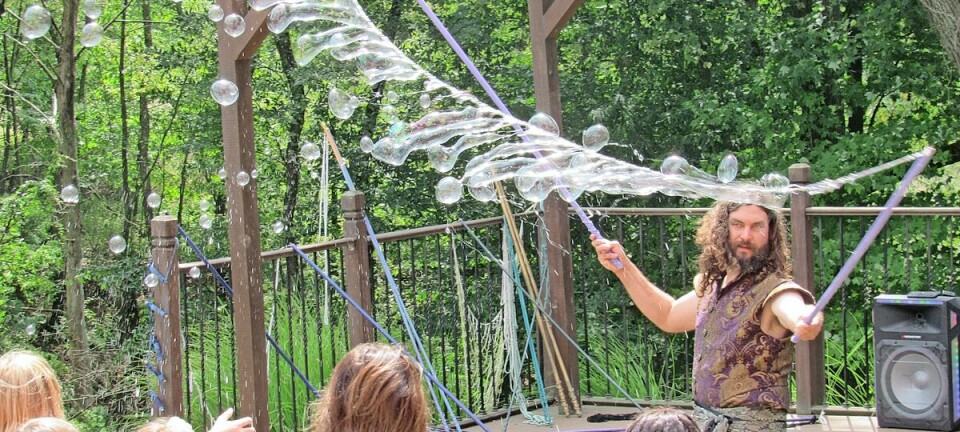Hiland industrial arts students lend a helping hand

One thing Hiland music director Alexander Looney has made a point of during his time planning and executing musicals and plays has been collaborating with different groups to enhance the stage performances at Hiland High Schools auditorium.
One of those collaborations has been with the Hiland industrial arts students, and the group of students built an elaborate set for this winter’s production of “The Wizard of Oz,” and now are working diligently on a new set for the upcoming production of “The Plot, Like Gravy, Thickens.”
Industrial arts teacher Jamie Graber said the experience his students receive in helping manufacture and erect a critical part of the school’s plays is one that will only enhance their skills, while at the same time give them a head start on developing community oriented service.
“It’s been a positive learning experience for the kids,” Graber said. “They get to be creative, but more importantly, they get to learn about doing something for other people. That’s the big one. They need to learn about the importance of community service.”
He added that the knowledge they gain in framing and building is also something they can take with them in life.
He said initially he has to teach the students how to be perfect in their work, how to be precise, how to make a wall square and stable and how to build the various parts of a wall.
The set for “The Plot, Like Gravy, Thickens” was simpler than was that on the “Oz” set. This time, the building process meant the erection of several walls, one with French doors.
The biggest challenge was building the external grids for the French doors, which Garber said was a fun challenge for his students to fit them snugly into the door.
“The whole system has to fit together perfectly, so there were some challenges,” Graber said.
He said one challenge they struggled to work on was building sets containing large walls to the director’s set design specifications. He said the problem was the walls were so large that they kept falling down, not a great thing for a production.
To solve the problem, they worked not on the walls first, but on building a stage floor that allowed them to create walls that had extensions that snapped into place to secure the walls.
“The false floor has holes and pockets so whenever there is a wall, we create a pocket in the floor that the wall sits into,” Graber said.
In addition to the wall, Graber has given his students free range on designing and building their own furniture in the classroom, stating that giving them the freedom to build something they are interested in rather than forcing them to building something he comes up with keeps them excited and interested in their projects.
That, along with the work on the stage sets, has given them plenty of experience, and Looney said it has been a big addition to the stage productions.
“I love the fact that we can take what we’re doing on stage and give other kids in another field something to create and be a part of what we’re doing,” Looney said. “I think working collaboratively like that offers such a tremendous lesson for the kids and helps take the burden off of us to find people to do the job that they are doing so well.”



